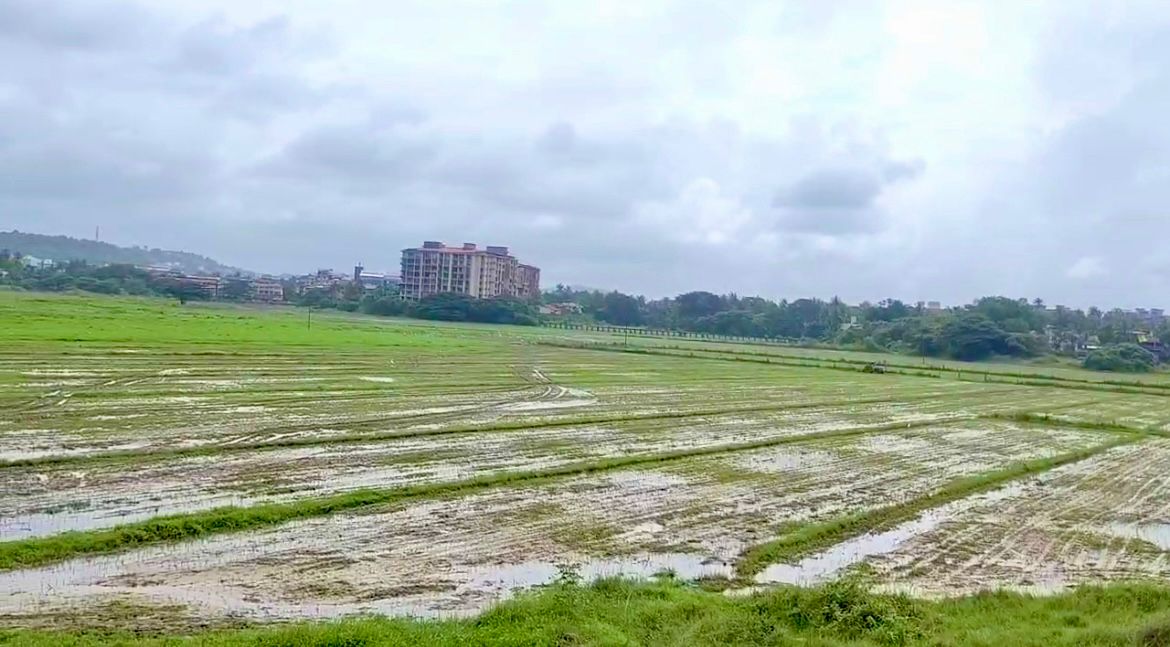
MARGAO
As paddy cultivation has begun at the picturesque Salpem lake fields, farmers have set a moderate target to bring close to three lakh square metres of area under cultivation this season.
In fact, farmers under the banner of Salpem lake Navelim farmers Union have started agricultural operations, marking yet another chapter in their determined efforts to restore and protect these historic fields.
Buoyed by the success of their initiative to bring the fallow fields under cultivation in the last two years, farmers have again come together to start the operations for the third consecutive year.
The initiative, led by Fr. George Quadros—fondly known as the Paddyman of Goa—has become a symbol of community spirit, agricultural revival, and environmental commitment in the region.
“This is more than just farming it’s about protecting our heritage and healing Mother Nature. Despite the difficulties, we keep going because we believe in this land and in each other", remarked a farmer.
The farmers thanked several key supporters, including the Village Development Committee of the Navelim Panchayat, the Agricultural Department (Salcete Zone), the Goa Mechanical Cultivation Department, and the Goencho Xetkar farming collective, saying these organizations have contributed in many ways — through resources, equipment, and on-ground support.
Farmers, however, pointed out that the journey has not been without obstacles. They have reported that nearly 40 per cent of the total fields could not be cultivated this year. The main reasons include continuous inflow of raw sewage, poor access for tractors, and large deposits of mud left behind from nearby highway construction.
“This is the third year, and we still face the same issues,” said one of the farmers. “We’re losing good land. The pollution is affecting not just farming, but our water, our air, and our health", he added.
The Union has taken the matter to the Bombay High Court, hoping for intervention and justice. “We are raising our voices. The Salpem Lake fields are not just ours, they are part of Goa’s environment and for the future generations, the farmers added.